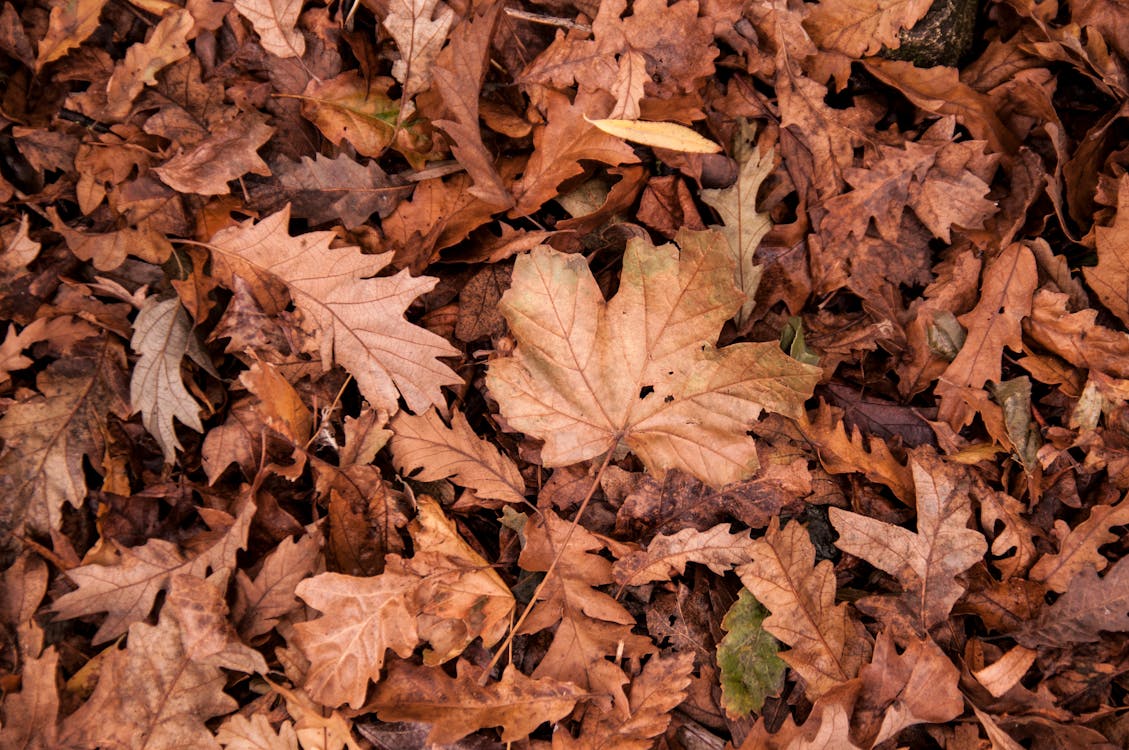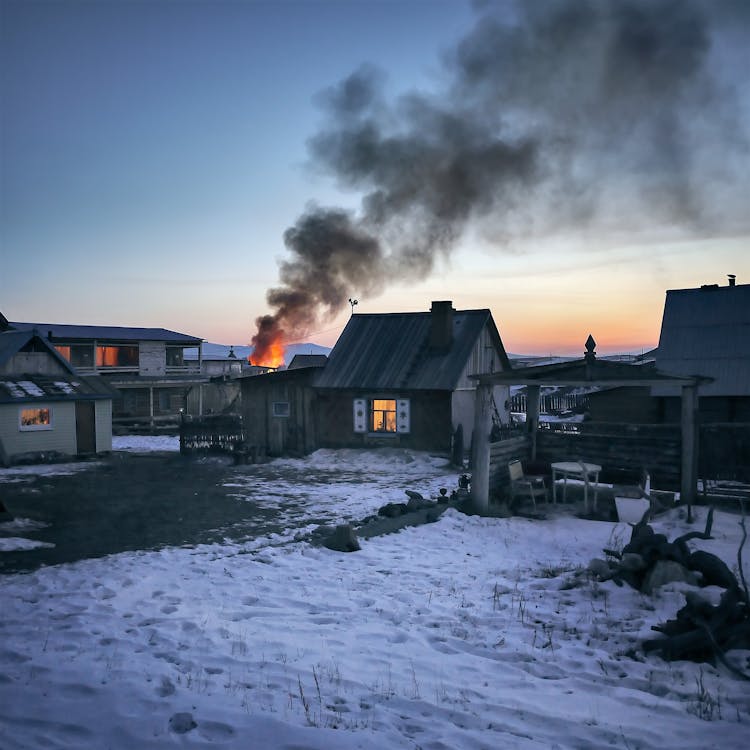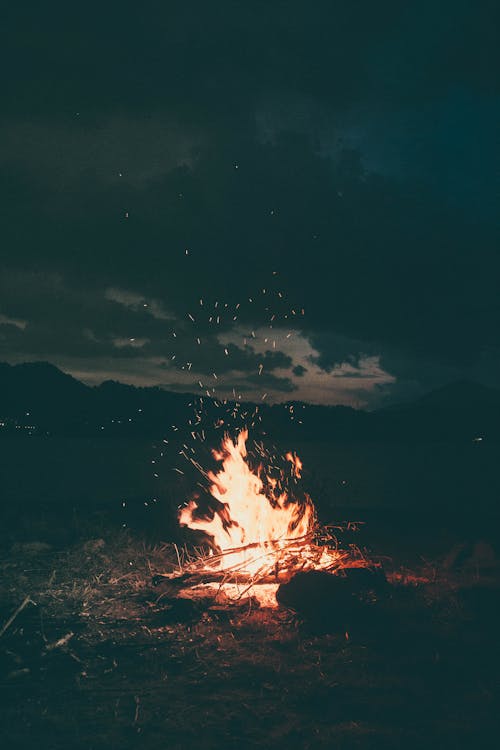Outdoor Fire Prevention Tips
As the temperatures start to climb, so does the risk for potentially devastating fires. Last year, the Durango area experienced a significant fire that consumed over 80 square miles. While there may be some instances where fire prevention steps are of no match to the strength and size of a fire, there are many times where the steps you take now can help to protect you from fire in the future.
416 Fire
When we welcomed June 2018, it was not only a new month, but a new danger. There was a fire that began to grow about 10 miles north of Durango. Firefighters from neighboring towns and cities assisted in the fight, as did special firefighting teams from nearby states. When everything was finally contained, the fire had consumed 54,000 acres. Although the investigation into the cause of the fire remains ongoing, it has been determined that the 416 fire is among one of the largest wildfires in Colorado’s history.

Landslides Following Wildfires
The destruction and devastation is not limited by the swath of fire itself. The scorched land paved the way for another potential danger. Landslides in the aftermath of a fire can have more of an impact in terms of destruction than the fire itself. When fires occur during the early summer months, the precipitation that accompanies the subsequent fall and winter months can transform large swaths of land into dangerous and potentially life-threatening conditions.
Fortunately, you can take steps now to reduce the risk of property damage and injuries from landslides. Take some time to identify areas on your property where water collects and has a tendency to pool. Reduce the pooling in these areas by digging channels to divert the water and debris. Planting ground cover and building retaining walls, can help to mitigate the damage.
Defensible Space
When it comes to preventing a fire from engulfing your home or rental property, defensible space is essential. A fire prevention buffer cleared of debris, shrubs, and other items can help to save your property from wildfires. Don’t forget to clear your roof, as dried leaves and debris can help to spread wildfires to your property and neighboring homes. Keeping grass trimmed to six inches or less can also help in providing an effective defensible space around your property.

Smoke Alarms and Outdoor Fire Prevention
Although smoke alarms are typically mounted inside the home, they can function as early alert systems for fire and smoke that occurs both inside and outside of the home. By installing and maintaining a smoke alarm inside, it can help to improve your odds of escaping the fire successfully. Just make sure that you check the batteries on a regular basis. Dead batteries are just as effective at alerting you and your family (or tenants) to fire or smoke as not having one installed in the home. A good time to change the batteries in your smoke detector is during the spring and winter, when most of the country changes their clocks to account for daylight savings.

Outdoor Grilling
Taking the cooking outside is one of the joys of warmer weather. However, there is no shortage of instances where an unattended or otherwise unsafe barbeque grill placement can lead to a damper on your grilling fun. Adequate fire prevention steps, such as keeping your grill a minimum of 15 feet from your exterior walls and clearing any overhead limbs that are within proximity can help to prevent your grilling fun from turning into a disaster. Fire pits should also be cleared of overhanging debris from trees and any foliage that may be near the pit.

Conclusion
As you can see, there are several steps that you can take now to reduce the likelihood of wildfires consuming your property. Fire prevention safety is an essential part of being a property owner. If you own rental property, it can be difficult to ensure that these steps are taken, particularly if you do not reside locally. The good news is that hiring a professional service, such as The Property Manager can work with tenants to make sure these steps are followed in order to reduce risk to your property.
References
416 Fire investigation taking ‘longer than expected,’ Forest Service says
416 Fire on track to become one of Colorado’s largest wildfires
Landslide risk heightens when rains hit fire-ravaged areas



